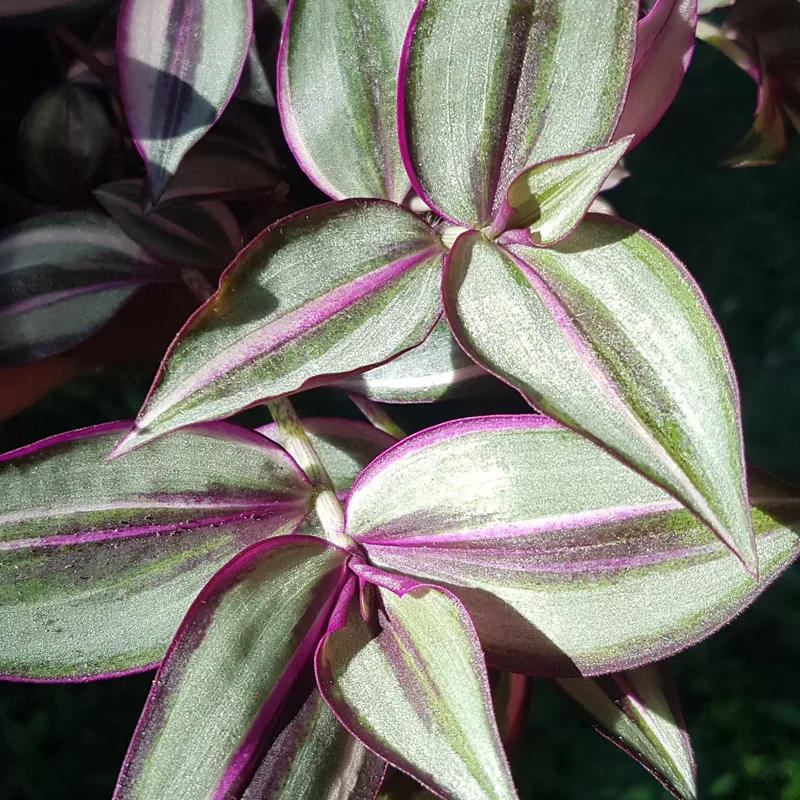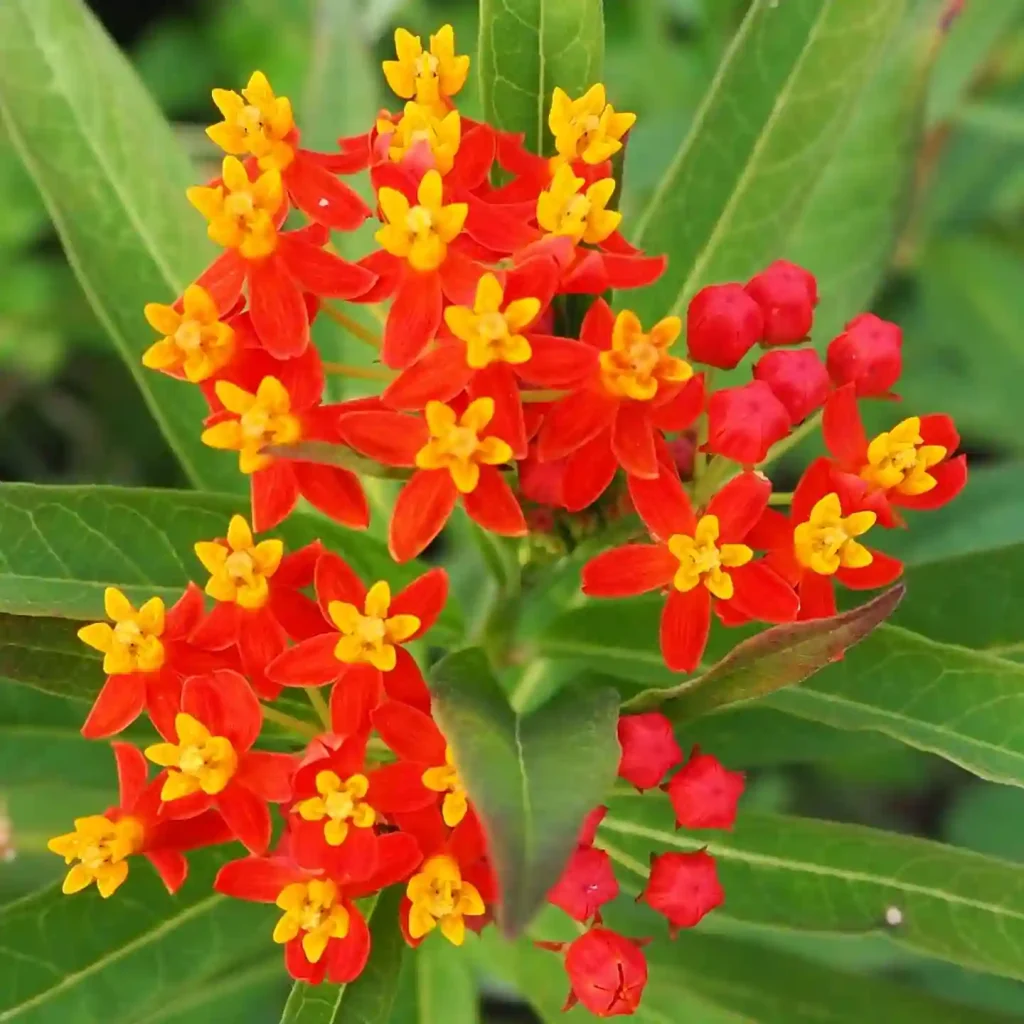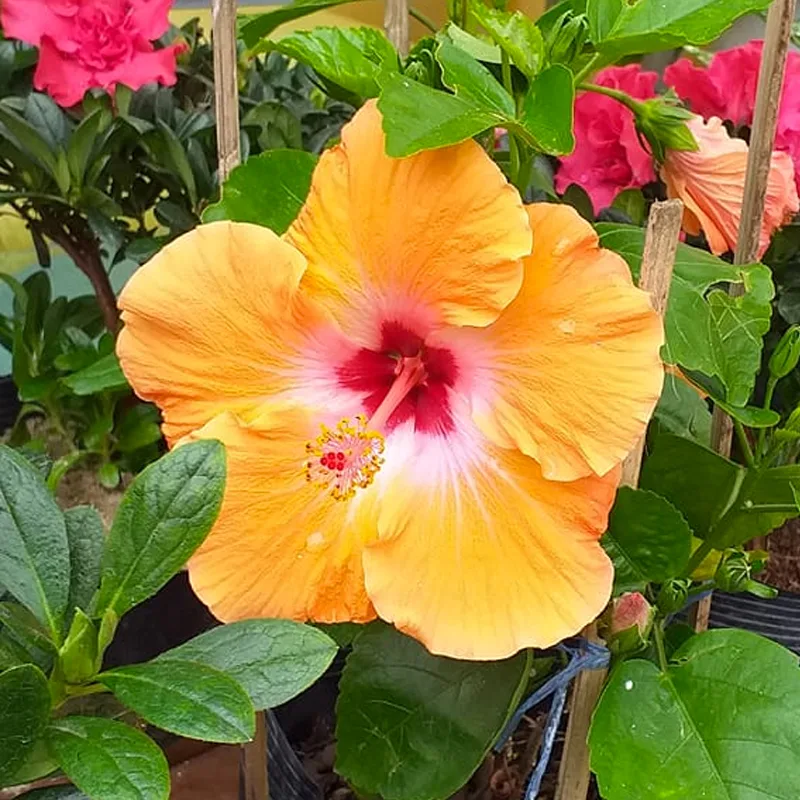An Unexpected Encounter: My Journey into the World of Rapateaceae
As a seasoned botanist and avid explorer of the plant kingdom, I’ve always been fascinated by the diversity and intricacies of life on Earth. From towering trees to delicate wildflowers, each species holds a unique story waiting to be discovered. However, few plant families have captured my attention quite like the Rapateaceae.
My introduction to this remarkable family began in the heart of the Amazon rainforest, a place teeming with biodiversity. While trekking through the dense vegetation, I stumbled upon a curious plant with long, sword-shaped leaves and striking inflorescences. Intrigued, I carefully examined the specimen, noting its unique morphological characteristics.
Upon returning to my research lab, I delved into the literature, eager to learn more about this enigmatic plant. To my surprise, I discovered it belonged to the Rapateaceae family, a group of flowering plants native to tropical regions of South America and West Africa.
Unveiling the Mysteries of Rapateaceae
The Rapateaceae family, though relatively small, boasts a fascinating array of plants with distinct characteristics. These plants are typically herbaceous perennials, thriving in moist, often sandy habitats. They are recognized for their unique inflorescences, which consist of dense clusters of flowers surrounded by colorful bracts.
One of the most captivating aspects of Rapateaceae is their diverse growth forms. Some species exhibit rosettes of leaves, while others develop elongated stems with spirally arranged foliage. This morphological variation adds to the visual appeal of these plants, making them a delight to observe in their natural habitat.
Genera of Rapateaceae: A Glimpse into Diversity
The Rapateaceae family encompasses several genera, each with its unique characteristics:
- Rapatea: This genus is characterized by its large, showy inflorescences and sword-shaped leaves. It is often found growing in swampy areas, adding a touch of elegance to these otherwise challenging environments.
- Saxofridericia: Members of this genus are known for their distinctive, spirally arranged leaves and compact inflorescences. They often inhabit sandy soils, showcasing their resilience in harsh conditions.
- Stegolepis: This genus is recognized for its unique, boat-shaped bracts that surround the inflorescences. These bracts not only provide protection but also contribute to the visual allure of these plants.
- Maschalocephalus: Plants in this genus exhibit elongated stems with numerous, spirally arranged leaves. Their inflorescences are often borne on long stalks, making them stand out in the dense vegetation.
- Monotrema: This genus is characterized by its unique, solitary flowers that lack bracts. While less showy than other Rapateaceae members, these plants possess a subtle beauty appreciated by those with a keen eye for detail.
- Amphiphyllum Gleason
- Cephalostemon R.H.Schomb.
- Duckea Maguire
- Epidryos Maguire
- Guacamaya Maguire
- Kunhardtia Maguire
- Marahuacaea Maguire
- Phelpsiella Maguire
- Potarophytum Sandwith
- Schoenocephalium Seub.
- Spathanthus Desv.
- Windsorina Gleason
The Ecological Importance of Rapateaceae
Beyond their aesthetic appeal, Rapateaceae plants play a crucial role in their ecosystems. Their presence in moist habitats helps to stabilize soils and prevent erosion. Additionally, their flowers provide a valuable source of nectar and pollen for pollinators, such as bees, butterflies, and hummingbirds.
Conservation Concerns and Future Outlook
Despite their ecological importance, Rapateaceae plants face several threats, including habitat loss due to deforestation and land conversion. As their natural habitats dwindle, these plants become increasingly vulnerable to extinction.
Efforts are underway to conserve Rapateaceae and their fragile ecosystems. These include establishing protected areas, promoting sustainable land-use practices, and raising awareness about the importance of biodiversity conservation.
A Lasting Impression
My encounter with the Rapateaceae family has left a lasting impression on me. These plants, with their unique morphology and ecological significance, remind us of the wonders of the natural world. As we continue to explore and understand the intricacies of life on Earth, let us not forget the importance of preserving these treasures for future generations.
If i die, water my plants!



